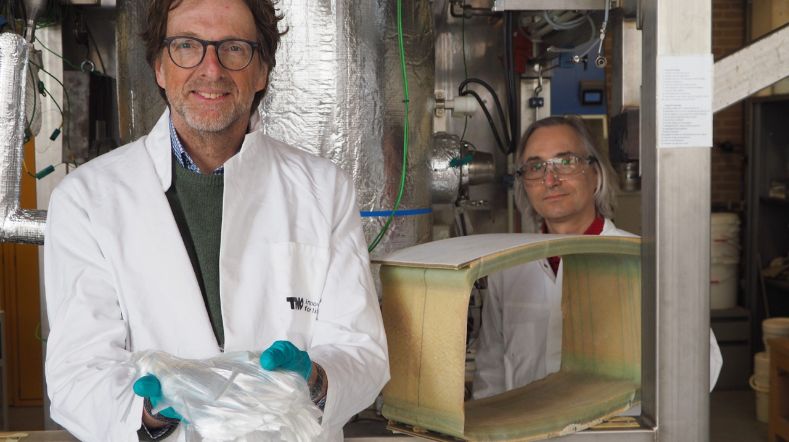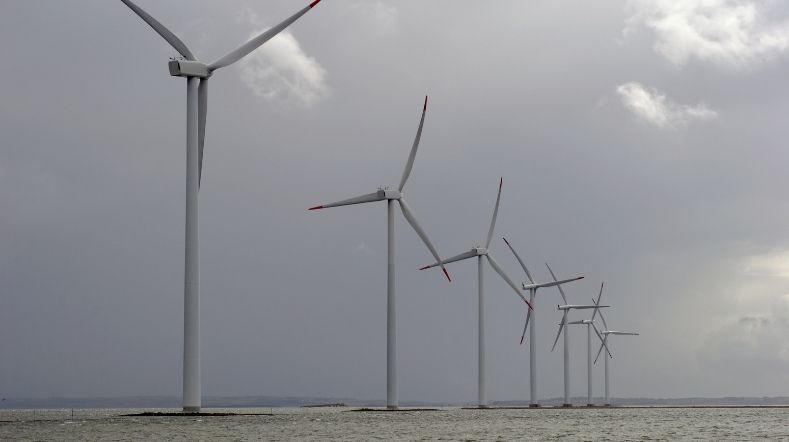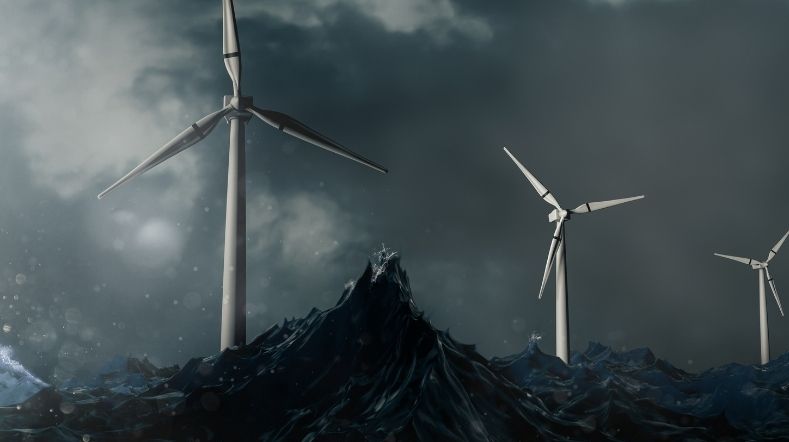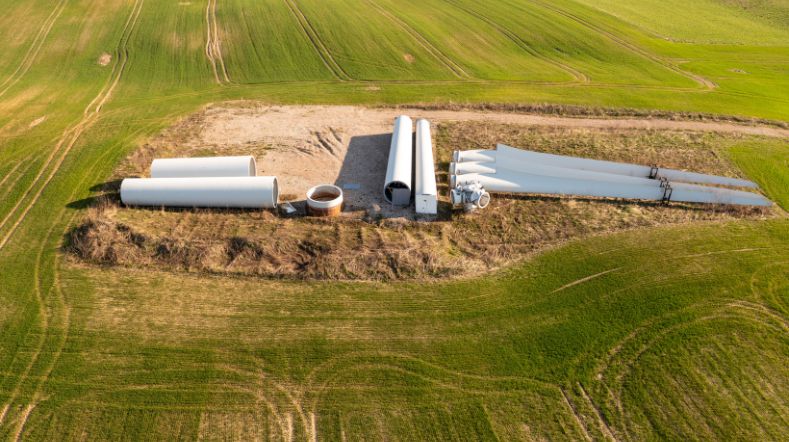
Towards new methods for designing wind turbines
The height of wind turbines and the length of their blades are increasing apace. As a result, the huge forces exerted on the blades and rotor hub are becoming even greater. Calculating how wind behaves at a wind farm and what that means for the levelized costs of energy has many uncertainties. TNO, together with Delft-based company Whiffle, has developed a new research method that significantly reduces the gap between simulation and reality.
Innovative calculation methods
The findings have been published in the report ‘Towards the use of Large Eddy Simulations (LES) for the generation of the Atmospheric Boundary Layer (ABL) inflow for wind turbine load calculations (pdf)’, which was co-sponsored by the Ministry of Economic Affairs and Climate Policy through Energy Innovation NL. The research is part of a project that aims to make offshore wind cheaper by developing innovative calculation methods for modelling wind behaviour. The consortium, led by TNO, also includes Whiffle and GE Wind Energy GmbH.
New methods for designing wind turbines
TNO Whiffle joint report: Towards the use of large eddy simulations for the generation of the atmospheric boundary layer inflow for wind turbine load calculations
Atmospheric wind complexity
‘The aim was to enable more realistic modelling of the performance and reliability of wind turbines operating in the field. These factors are the result of the aerodynamic interaction between the wind and the turbine blades. Loads depend to a large extent on the characteristics of the wind field. The atmospheric wind behaviour is complex and site-specific. Wind behaves erratically and unpredictably.
Current models are still too simple and based on statistics and assumptions that are not representative of the high variation in the conditions at a wind farm. There is still a gap between what wind turbine designers use for their calculations and what happens once the turbines have been installed and put into operation at sea or on land’, says TNO expert Simone Mancini.
New insights
TNO and Whiffle have been collaborating for some time now on the AeroLES project, ‘Load calculation innovations using Large-Eddy-Simulations’. This project is developing and validating new computational methods to take into account the complexity of real atmospheric wind when designing new-generation wind turbines.
The latest research combined Whiffle’s atmospheric models with TNO’s wind turbine aerodynamics models. Wind field predictions obtained with the new numerical tool were validated against real wind measurements at a ridge in Germany, a plain in the Netherlands and at the North Sea. The results offer designers of wind turbines new insights into ways to make them cheaper and more efficient.
Realistic atmospheric conditions
Simone: ‘The aim was to take the LES simulations to the next level allowing designers to benefit from more realistic inflow modelling to get more reliable estimates of their wind turbine’s expected loads and performance once it is placed on the field. The fact that we’ve been able to design a new methodology is down to the enormous computing power now offered by graphics processors. This allowed us to capture realistic atmospheric conditions with our LES model at reasonable computational costs. There’s still more to be done, though. The next phase will involve validating the new load predictions against real load measurements from an instrumented turbine that TNO is currently testing on the field. But the foundations have now been laid for this.’
Learn more about the next generation wind turbines
Wind turbine with 145-metre blades: reduced costs and greater efficiency
Get inspired
Project launched for recycling wind turbine blades


TNO research leads to better damage prediction for offshore wind turbine blades


Better damage prediction for wind turbine blades through unique weather measurements at sea


First study on public perception of wind turbine circularity


Wind energy webinars



